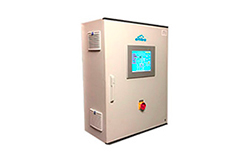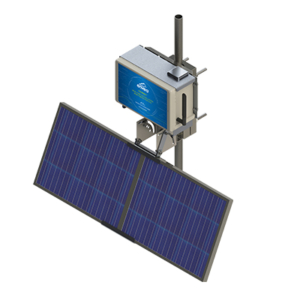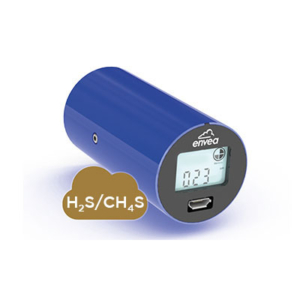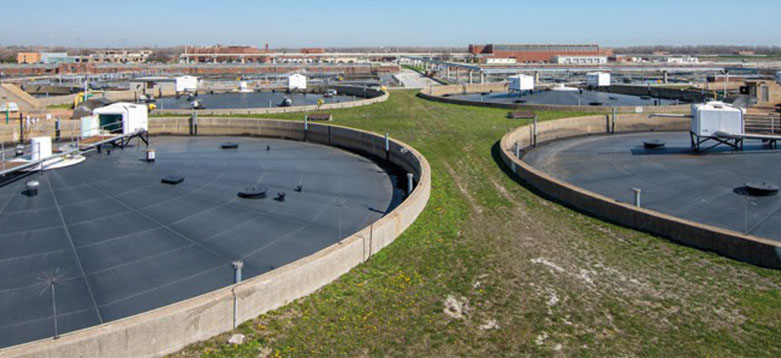
Customer: Wastewater treatment
Localisation: United States of America
Installation: Close to the ponds and property line for the neighbourhood
Function: Measuring odour emissions (H2S)
LOCATION BACKGROUND
This wasterwater and stormwater treatment plant is one of the largest in the world. It treats an average of 1.3 billion gallons (6 million m3) of wastewater each day- 500 billions gallons (2.2 billions m3) per year- via its seven water reclamation facilities. The total wastewater treatment capacity is over 2 billion gallons (9 million m3) per day.
The WWTP, located in the United States, processes wastewater from one of the world’s largest cities, along with 128 suburban communities that operate within its boundaries.
In practice, wastewater from homes and businesses throughout the 882.1-square-mile (1420 km²) service area in addition to stormwater from some communities is treated at 7 sites. All this wastewater and stormwater flows through local sewers into the interceptors before flowing into water reclamation plants where the water is cleaned and undergoes a recovery of resources using a combination of physical, biological, and sometimes chemical treatment processes.
Today Cairsens® micro-sensors are responsible for real-time monitoring of odor dispersion for one of the largest water reclamation plants in addition to six other plants and 22 pumping stations.

PROJECT ORIGINS
The original pilot program began 6 years ago and competitor was brought on site after members of management became interested in their “real time odor dispersion” model. Other products were quickly ruled out. After several years of use the client determined the competitor program was not delivering expected results, critical shortcomings were:
“ Sensors were unreliable – too much drift – system required onsite calibration at extra costs – ongoing visits from technicians at were inconvenient and costly – local environmental groups and legal groups discovered the use of the competitor products and began making inquiries for data – competitor data was “unreliable” and exposed the client to potential legal challenges “.
Shortly thereafter the Cairsens® micro-sensor was observed at a local air waste management show and the client decided to purchase product for evaluation.
The Cairsens® evaluation period ran through 2018 alongside the original competitor products and the decision was made to choose the Cairsens® micro-sensors. The positive deciding factors for Cairsens® were the following:
“ Cairnet® system was user friendly – no need for calibration – remote access of data – remote system access for Cairpol technical team – long life of the sensors – liked that the Cairsens® system was “real time data/numbers” and not modeling – progression to cellular transmission of data – Caircloud® software was easy to use “ .
Cairnet began full scale implementation in November of 2019; a total of 14 Cairnet® mini-stations have been operating continuously to monitor H2S/CH4S to provide the facility with robust recordings to address any potential community concerns of odor complaints from residents and businesses operating nearby. We are now in year 2 of a 3-year contract with the client.
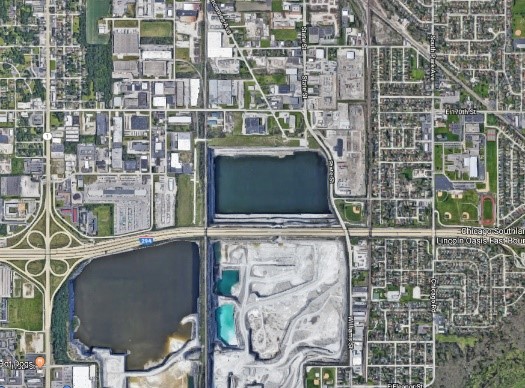
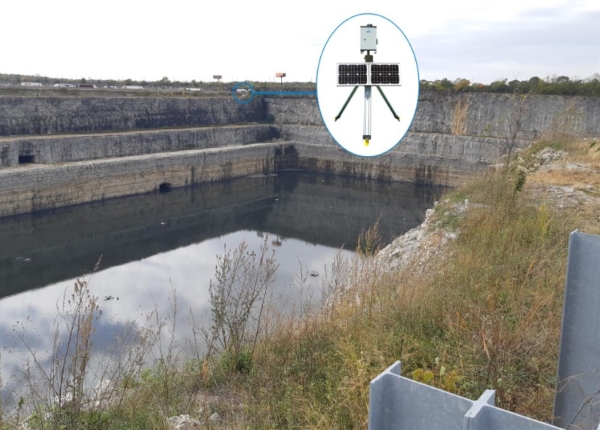
PROJECT OUTCOMES
The client openly shares and presents data for 2 locations monthly with local environmental groups and community groups to continue with the “good neighbor” approach. Data is also collected and shared from the open reservoir locations by the client with staff scientific team members.
The client is confident that the Cairnet® system is collecting accurate and reliable data that could be utilized in the event a local, state or national organization would exercise their rights under FOIA (Freedom of Information Act) to make claims against the client for offensive odorous events.
The long term goal is to determine if the Cairnet® stations can be tied directly to the facilities control rooms that operate the odor mitigation systems; that would allow real-time Cairnet® readings indicating a spike in the presence of H2S/CH4S to activate additional odor treatment activities automatically at corresponding locations.
CAIRNET® ON-SITE INSTALLATION DETAILS:
- 10 Solar Powered MINI-STATIONS measuring H2S/CH4S at the 0 – 1000 ppb level
- 3 Solar Powered MINI-STATIONS measuring H2S/CH4S at the 0 – 20 ppm level
- 1 AC Powered MINI-STATION measuring H2S/CH4S at the 0 – 1000 ppb level
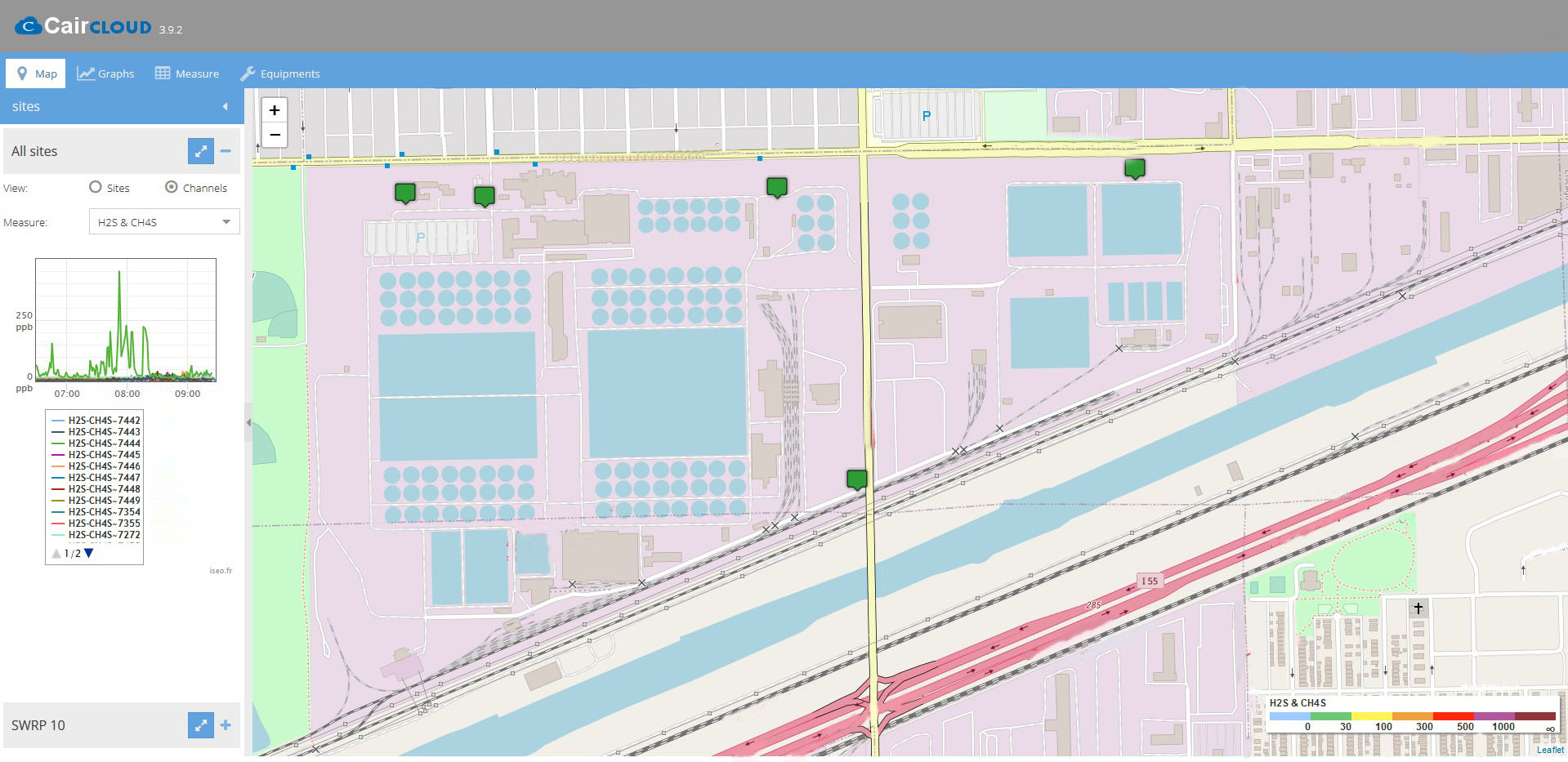
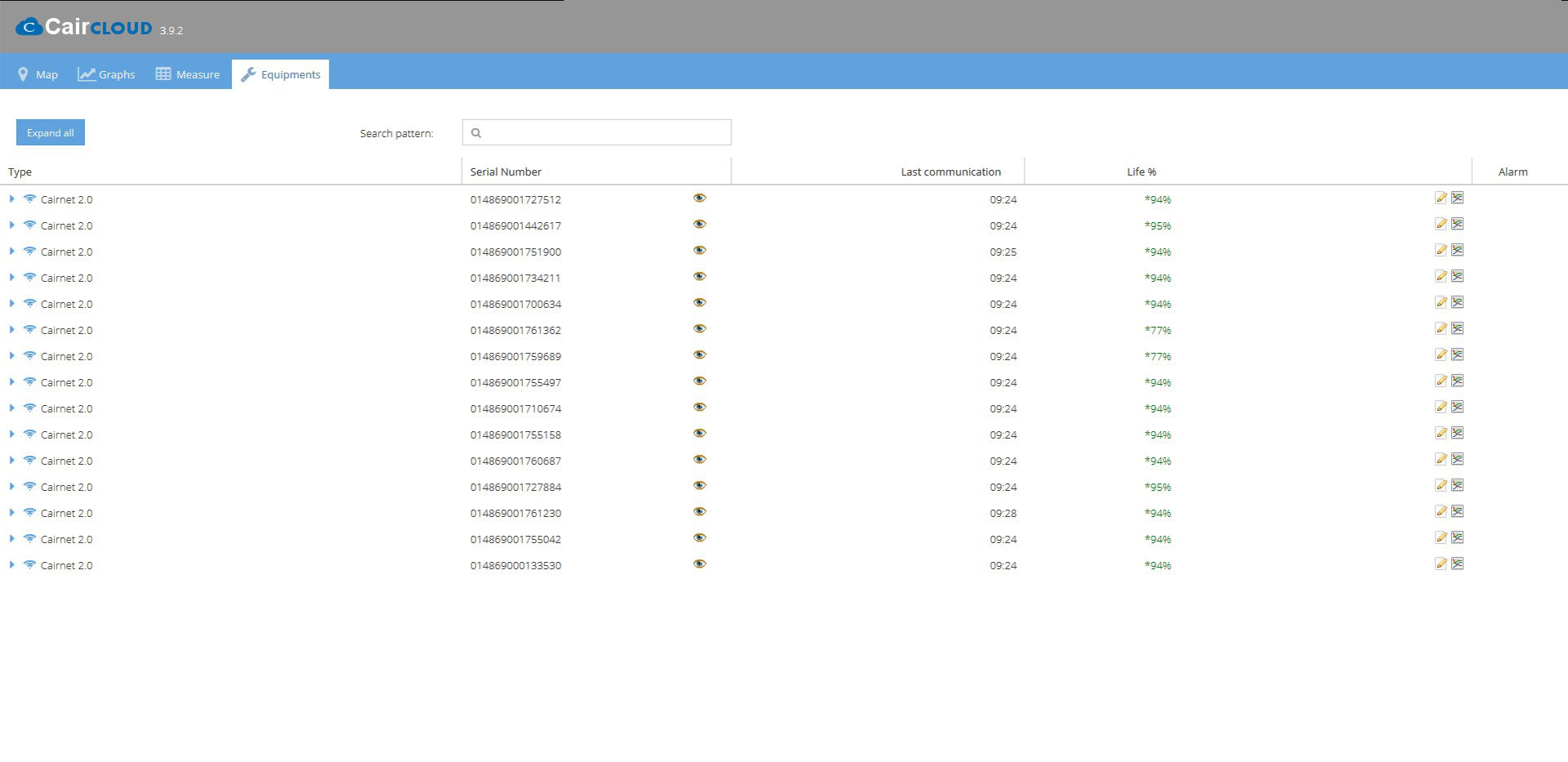
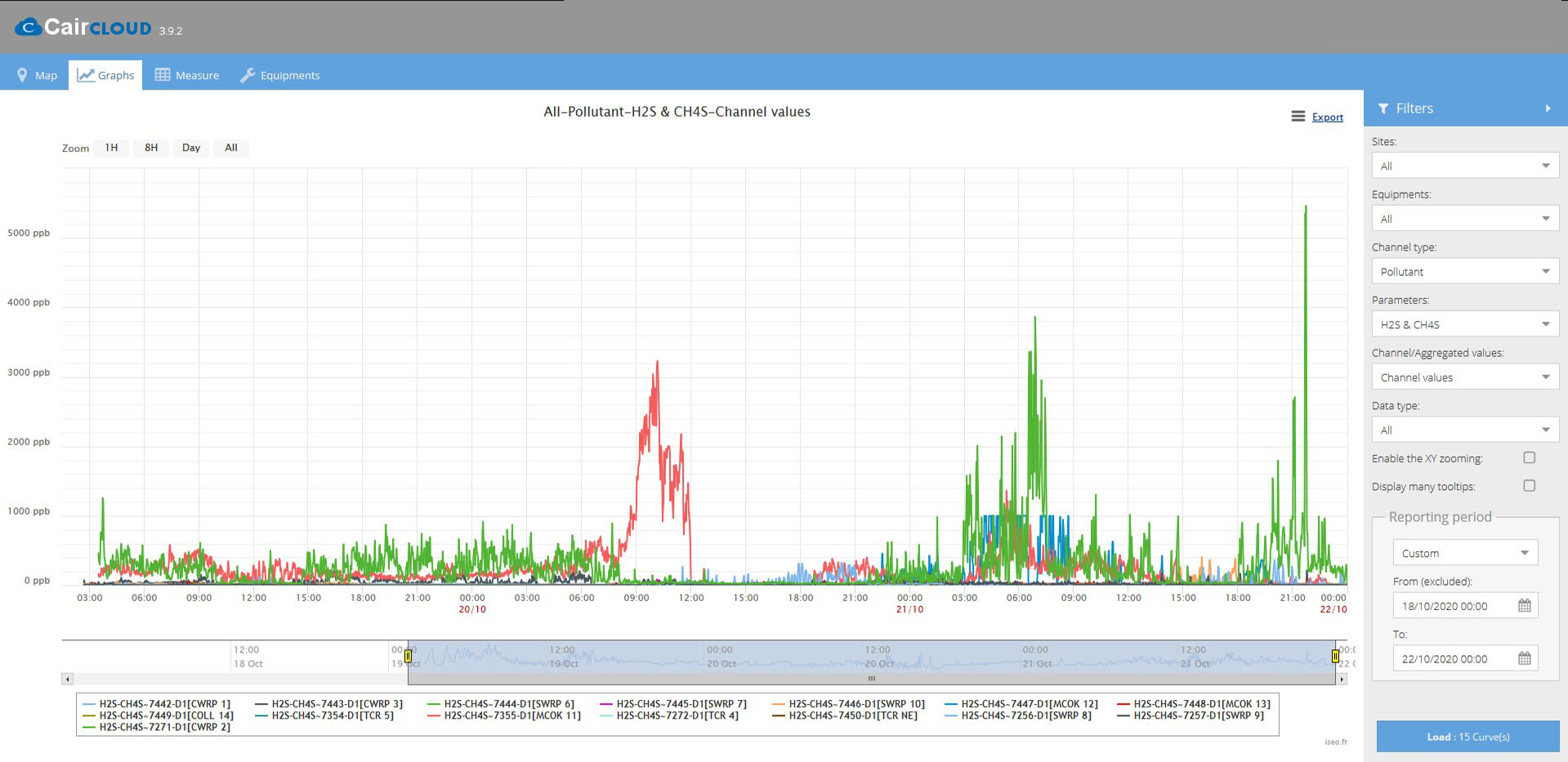
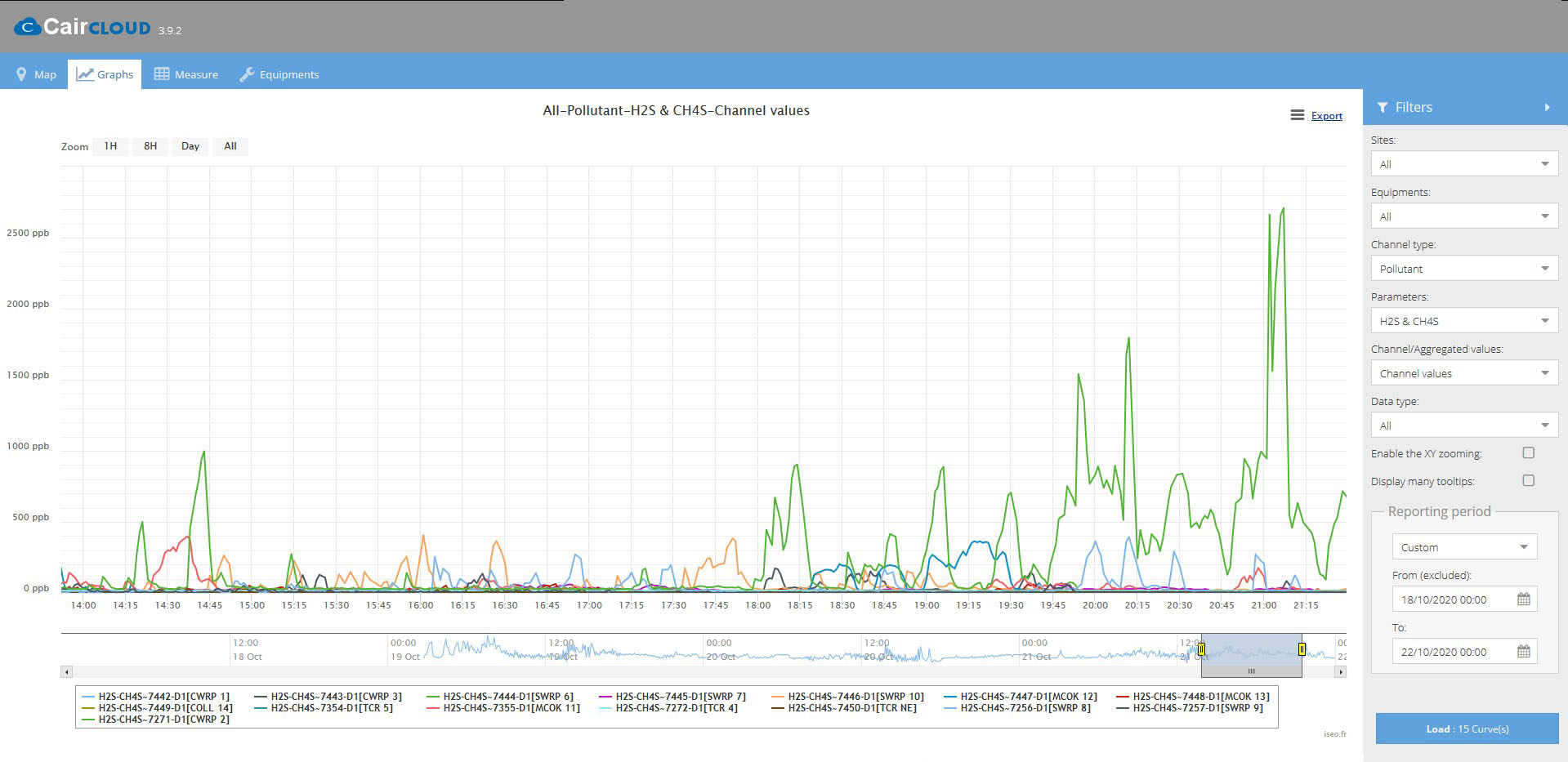
CAIRNET® APPLICATIONS ON SITE
- Temperatures can range from -25 F to 100 F (-31°C to 38 °C)
- Relative Humidity can reach 90% + during the year
- 4 distinct seasons that encompass, rain, sleet, snow, subzero temps, thunderstorms
More on our reliable and accurate Cairsens® micro-sensors and autonomous Cairnet® mini-stations for ambient air and odors monitoring anywhere.
Contenu associé
Demande d'information
